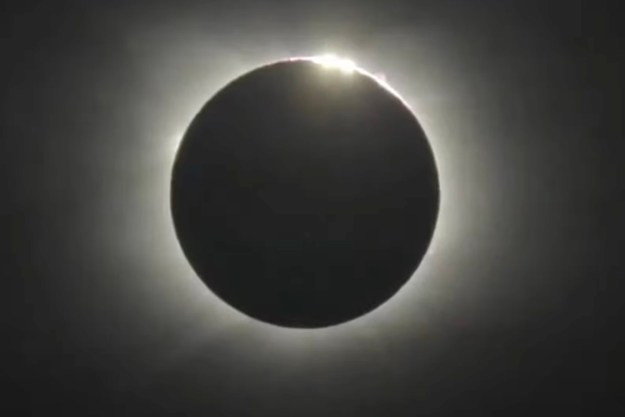A solar eclipse passed over parts of the southern hemisphere early this morning, Saturday, December 4, including parts of South Africa, Chile, New Zealand, and Australia.
For sky-watchers in the northern hemisphere, the eclipse wasn’t visible. But you can rewatch the event from a unique view: From Union Glacier in Antarctica, the only place on the globe where the eclipse was total. A livestream from Theo Boris and Christian Lockwood of the JM Pasachoff Antarctic Expedition, embedded above, shows beautiful views of the eclipse as it happened.
What is a solar eclipse?
A solar eclipse occurs when the moon moves between the Earth and the sun, blocking out some or all of the sun’s rays from the perspective of Earth. An eclipse is only visible from certain parts of the Earth as they must be in a line with the moon and the sun, and it is only a total solar eclipse (where the entire sun is blocked out) for those located exactly in the center of the shadow cast by the moon.
When the Earth, the moon, and the sun line up just so for the moon to block out most of the sun’s light, observers can see the sun’s outer atmosphere, called its corona, which is normally impossible to see due to the sun’s brightness.
When is the next solar eclipse?
For those in North America who are keen to see a solar eclipse for themselves, the next solar eclipse will occur in October 2023. There will also be a total solar eclipse visible across the continent in April 2024.
How to watch a solar eclipse safely
If you’re planning to observe a solar eclipse in person, it’s important to do so safely. You should never look directly at the sun, as this can damage your eyes even if the sun is partially eclipsed. Instead, you should view the eclipse using a pinhole camera or special eclipse glasses (which are not the same as regular sunglasses).
NASA has a how-to guide for making your own pinhole camera, which can easily be done using household supplies and is a great project to make with children.
Editors' Recommendations
- See what the solar eclipse looked like from space
- The first views of the eclipse are coming in, and they’re stunning
- What kind of view will ISS astronauts get of the solar eclipse?
- The ‘Devil Comet’ will be visible during the solar eclipse in April
- April’s solar eclipse may produce an unexpected consequence



